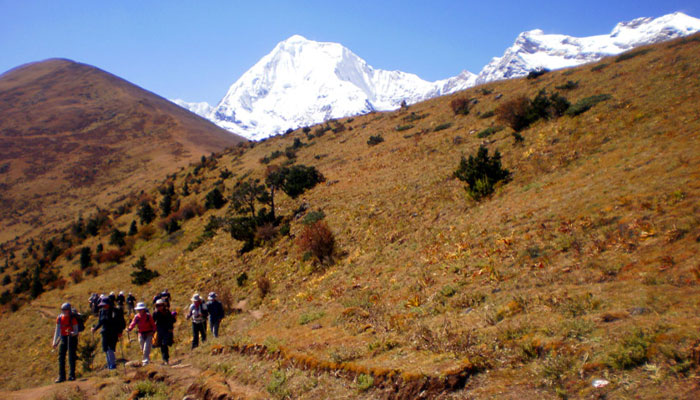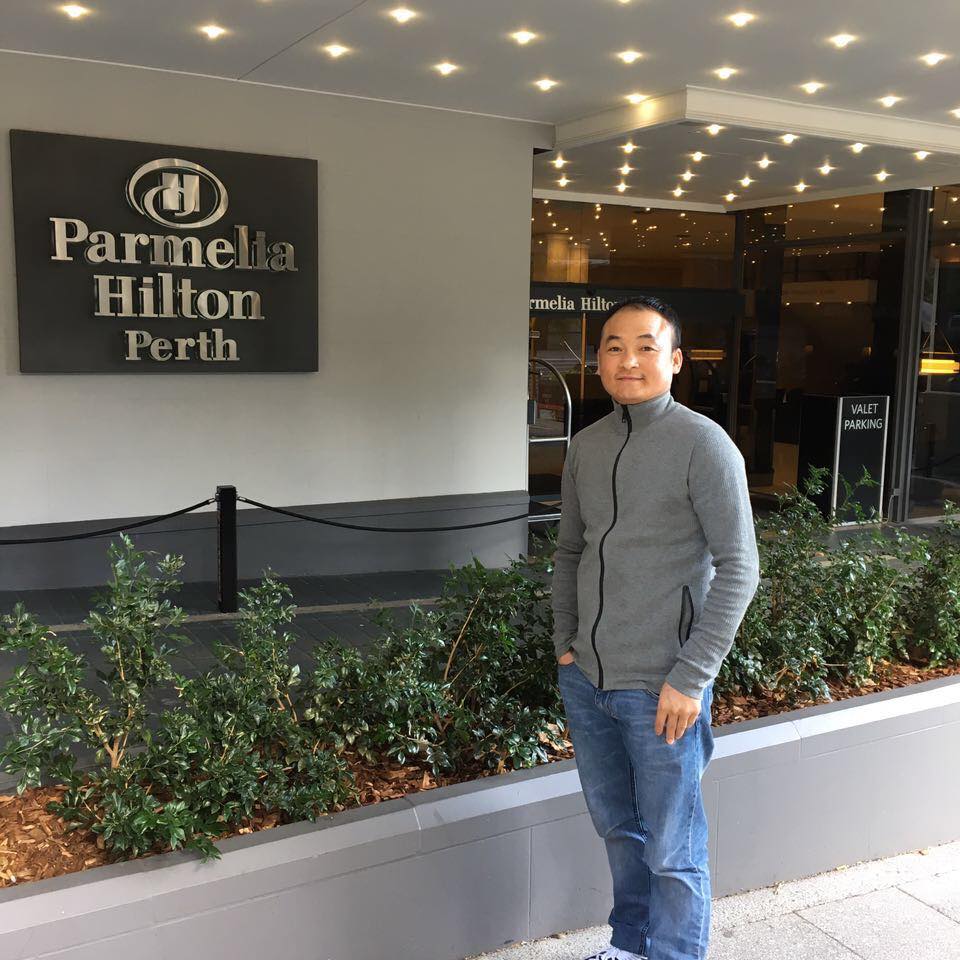Package Itinerary
Arrival at Paro international airport: The flight to Paro is one of the spectacular in the entire Himalayas. Whether flying along the Himalayan range from Kathmandu or over the foothills from Kolkata, the journey offers fascinating view and an exciting descent into the kingdom. Bhutan’s gift to you as you disembark from the aircraft will be cool, clean fresh mountain air. After immigration formalities and baggage collection, you will be received by the representative of Fly to Bhutan. Check in your hotel for refreshments later visit Paro Rinpung Dzong, which was built by the founding father of Bhutan, Zhabdrung Ngawang Namgyal in 1646. Today, this fortress houses the Administrative seat of the district of Paro and the district Monk Body with about 200 monks. The central tower (Utse) of the fortress is one of the most beautiful in Bhutan with its superb woodwork. In the afternoon, visit Kyichu Lhakhang. Built by the Tibetan king, Sontsen Gampo in the 7th century, it is one of the oldest and most sacred shrines of Bhutan. Overnight at the hotel in Paro
Paro [hike to Taktsang]: Today will also take what for many is the nightlight of Bhutan, a visit to the holy Tiger’s nest monastery. This involves a spectacular walk up to the lofty heights of the 300 years old Tiger’s nest monastery. Situated high above the Paro valley, the spectacular view from this ‘temple of Heaven’ are simply breathtaking. Please note this walk can take up to 3 hours but ponies can be provided for those who may find the walk a little too strenuous. On the way back drive to the ruins of the Drugyel Dzong 10 miles end of Paro Valley. Overnight at hotel in Paro
Paro – Shana. The trek starts from Drugyel Dzong at 8,500 ft with a short downhill walk on a wide trail. The trail climbs gently, traversing through well-maintained rice terraces and fields of millet. The route later enters an area of apple orchards and forests. Soon the valley widens and you reach the army post of Gunyitsawa at 9,200 ft. This is the last stop before Tibet. Just beyond Sharma Zampa, there are several good camping places in meadows surrounded by trees. Distance 10.5 miles; Time 5-6 hours
Shana – Soi Thangthangka: The trail again follows Pa Chu (Paro river), ascending and descending through pine, oak and spruce forests. Hot lunch will be served beside a river. After lunch, follow the river climbing up through rhododendron forests and finally crossing the bridge again, reaching the campsite. Altitude of 12,300 ft; Distance 12.5 miles; Time 7-8 hours
Soi Thangthangkha – Jangothang: The path ascends for a while until you reach the army camp. Then follow the river above the tree line enjoying the stunning view of the surrounding peaks. Hot lunch will be served inside a yak herder’s camp. A short walk into the valley will take you to the camp at Jangothang. From here, views of Jhomolhari and Jitchu Drake are superb. Altitude 13,300 ft; Distance 11.8 miles; Time 7-8 hours
Jangothang – Jhomolhari Base camp: A rest day with chance to acclimatize and walk up to the Jhomolhari glacier to the lakes
Jangothang – Lingzhi: The trail follows the stream for half an hour and crosses the bridge to the right side. Start the ascent up to the first ridge with a breathtaking view of Jhomolhari, Jitchu Drake and Tsrim Khang. Then walk towards the valley, almost flat for a while, until the climb to the Nyele-la pass at an altitude of 15,500 ft. After the pass, it’s a gradual descent to the Lingzhi camp, enjoying the panoramic view of the peaks and Lingzhi Dzong. Altitude 13,100 ft; Distance 11.2 miles; Time 7-8 hours
Lingzhi – Chebisa: This is a magical day. En route we pass by two villages, delightful village of Gom Yu, which is set below a 1,000 ft cliff and a lovely little valley with a huge waterfall at one end of the Shangri-la village of Chebisa, where we camp by the side of the river. Attitude 12,400 ft; Distance 7.5 miles; Time 4-5 hours
Chebisa – Shomuthang: The day begins with stiff climb to Gomby-la (14,600 ft) then it is a long descent to a stream at 13,600 ft. Later the trail again climbs over a small ridge through a cedar forest. It is a long climb over the ridge, and then the trail descends on a muddy path into main Jholethang Valley in a deep forest of fir and birch. Afternoon, the trail traverses high above the valley floor on stream right to Chachim, a yak pasture at 14,000 ft. The camp at 14,000 ft is in a cluster of brush beside a stream at the bottom of the valley. Altitude 14,000 ft; Distance 10.5 miles; Time 6-7 hours
Shomuthang – Robluthang: The trek begins with a climb to Jari-la pass at altitude 15,400 ft then descents to Tasharijathang Valley, the summer residence of rare Himalayan Takin (Bhutan’s national animal). After crossing the stream, the trail ascends until you reach Robluthang camp. Altitude of 13,800 ft; Distance 11 miles; Time 6-7 hours
Roluthang – Limithang: This day is long as well as tough crossing Shinje-la (16,000 ft), the last and highest pass enroute. You may be able to spot Blue Sheep high on the slopes. From Shinje-la, the descent is on a rough, rocky trail that follows a moraine into another glacial valley. The last part of the trek is very interesting with fascinating views of Mt. Gangchey Ta. Camp in a meadow land. Altitude 13,500 ft; Distance 11.8 miles; Time 7-8 hours
Limithang – Laya: The walk to Laya is very pleasant with wonderful views. You will pass through a damp forest, filled with moss and singing birds. Arrive at Laya village, the second highest settlement in the country. Altitude 12,500 ft; Distance 6.2 miles; Time 4-5 hours
Laya – Chamsa: Descend to an army camp and join the Mo Chhu River. Follow the river. After the bridge it is up and down several times through juniper and fir forests until you reach the camp at Chamsa. Altitude 11,500 ft; Distance 11.8 miles; Time 8-9 hours
Chamsa – Gasa Tsachu: Walk for about half an hour over flat land until the Bari-la (12,800 ft). There is a small rock cairn and few prayer flags at the pass. The route starts down again, sometimes steeply, through a bamboo forest to a stream. Later it is downhill all the way to Gasa Tsachu. Afternoon visit to Gasa Village and Dzong built in 17th century. Then descend to Gasa Tsachu (hot springs) for camp. Altitude 7,200 ft; Distance 8.7 miles; Time 6-7 hours
Gasa Tsachu – Punakha: The path continues ascending and descending through heavily forested areas and wild orchids. Altitude 7,900 ft; Distance 11 miles, Time 6 hours. Pick from the end point of the trek and drive continue following the Mo Chu river through heavily forested area till you reach Tashithang at an altitude of 5,300 ft. Picked up by our transport and transfer to the hotel in Punakha. Overnight at hotels in Punakha
Punakha – Thimphu: After breakfast visit Punakha Dzong, build strategically at the junction of Pho Chhu and Mo Chhu rivers in 1637 by Zhabdrung Ngawang Namgyal to serve as religious and administrative center of the region, Punakha Dzong has played an important role in Bhutanese history. Damaged by four catastrophic fires and an earthquake, Dzong has been fully restored by 4th king. Evening hike to Chimmi Lhakhang situated on a hillock in the center of the valley. It is dedicated to Lama Drukpa Kinley, who in the late 15th century used humor, songs and outrageous behavior to dramatize his teaching and due to this he is also known as ‘divine madman’. This temple is known as the temple of fertility. Later at the evening drive towards Thimphu. Overnight at hotel in Thimphu
Thimphu (Sightseeing) - Paro: After breakfast visit king’s memorial stupa (the Memorial Chorten) continuously circumambulated by people, murmuring the mantras and spinning their prayer wheels. Construction of this land mark was the idea of Bhutan’s Third king His majesty Jigme Dorji Wangchuck (the father of modern Bhutan) who has wish to erect monument to world peace and prosperity. Completed in 1974 after his untimely death, it serve both as a memorial to the late king and as a monument to peace. After lunch visit to Tashichhodzong, means Fortress of Glorious Religion. Zhabdrung Ngawang Namgyal built it in 1641. It houses the secretariat building, the throne room and the office of the king, and the central monk body. It was reconstructed in 1960s in traditional Bhutanese manner, without nails or Architectural plans. Then visit the Handicraft Emporium and local craft Bazaar, to get a glance of Bhutan’s fine traditional arts. Here you can buy hand woven textiles, Thangkas, paintings, mask, ceramics slate and wood carving, jewelry, interesting item made from local materials. And towards the evening drive back to Paro. Overnight at hotels in Paro
Departure: Early morning drive to Paro international airport after breakfast
Inclusion
Accommodation under twin sharing with breakfast
Experienced English Speaking Tour Guide
Private transport within Bhutan as per itinerary
Museum & Monuments entrance fee
Bottled water during the tour
Exclusion
International air fare
Laundry
Drinks
Phone Calls
Travel Insurance
Professional Guide
Gratitude to guide and diver
Terms and conditions
The following terms and conditions apply in undertaking your travel with our company. Please read it and understand the rights and obligations between us
Bhutan Tour Reservations
All reservations to be made in written, fax or email
After confirmation, F2B will send you the confirmation letter informing you of the proposed flight, hotels and tour itinerary. At this stage, if you need to make any changes in the conditions, F2B reserves the right to make those changes and will provide you with alternative options
Travel Insurance
To protect against unforeseen accidents and mishaps, we would like to suggest and advise you to have a Travel Insurance policy from your country. The Travel Insurance policy should cover helicopter evacuation services and medical assistance. Flying to Happiness will not be liable for any kind of injury, illness or death during your visit to Bhutan either of trek or cultural tour.
Client’s Privacy
We respect all your personal information and we will keep them as confidential. Your personal information will be used only for the official requirements like applying the visas and other permits for your visit to Bhutan. Flying to Happiness takes the full responsibility to protect our client’s privacy as top priority. FTB shall not be liable for any injury, loss, damage, expense, delay, or inconvenience which may be caused to or sustained by any tour customer or any other person, or to or by the property of such customer or person from any cause whatsoever including but not limited to the acts of any agent, servant, or employee of any carrier, or hotel, or other establishment to furnish reservations or accommodations, the cancellation or delay in departure or arrival of any scheduled trip or flight, or accidents, collisions, thefts, strikes, weather conditions, disease, war, civil disturbances, or government restrictions.
Cancellation Policy
Tour programs booked and subsequently cancelled are subjected to a cancellation charge as follows :
Within 21 days 10% of the rate
Within 14 days 15% of the rate
Within 7 days 30% of the rate
Less than 7 days 50% of the rate
After arrival in Bhutan 100%


